
Pico Laser for Pigmentation Aftercare: Do’s and Don’ts
Pico laser treatment is one of the most effective ways to address pigmentation problems such as melasma, sunspots, freckles, and post-inflammatory hyperpigmentation (PIH). While the
At Korea Beauty Guide, we connect you with top dermatology and skincare clinics in Korea, renowned for cutting-edge treatments and personalized care. From acne and pigmentation to anti-aging and sensitive skin solutions, Korean experts use the latest technology and natural ingredients to rejuvenate your skin. Ideal for international patients seeking safe, effective, and tailored skincare treatments, Korea Beauty Guide ensures your journey to radiant, healthy skin is smooth and confident.

Pico laser treatment is one of the most effective ways to address pigmentation problems such as melasma, sunspots, freckles, and post-inflammatory hyperpigmentation (PIH). While the

Uneven skin tone, dark spots, and pigmentation issues such as melasma or sun damage can affect your confidence and overall appearance. Traditional treatments like chemical

Korea has rapidly become one of the world’s most trusted destinations for advanced dermatological treatments, and Pico Laser for pigmentation is one of the most
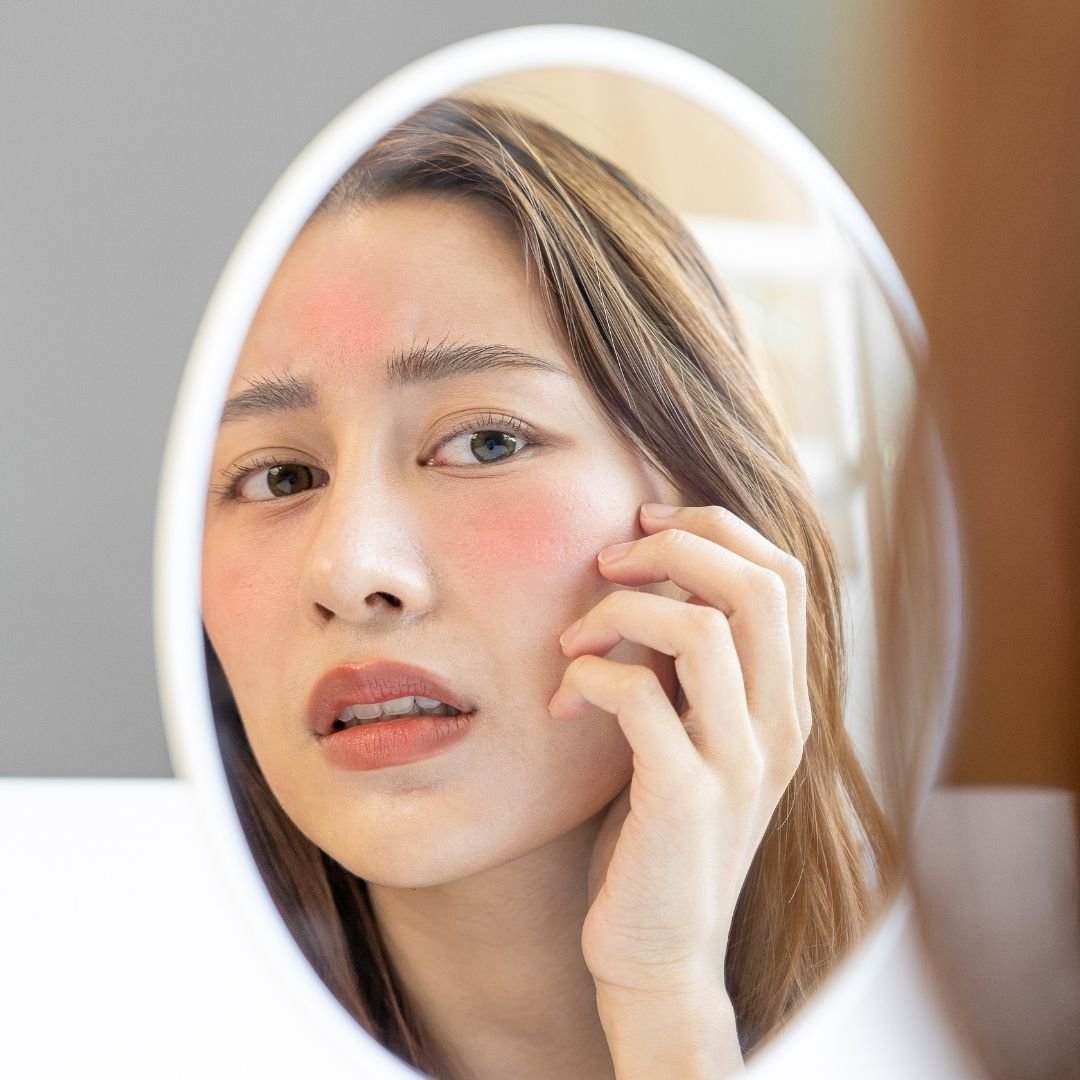
For international patients seeking effective, safe, and affordable skin rejuvenation, Pico Laser pigmentation removal in Korea is a top-tier option. To make the process seamless
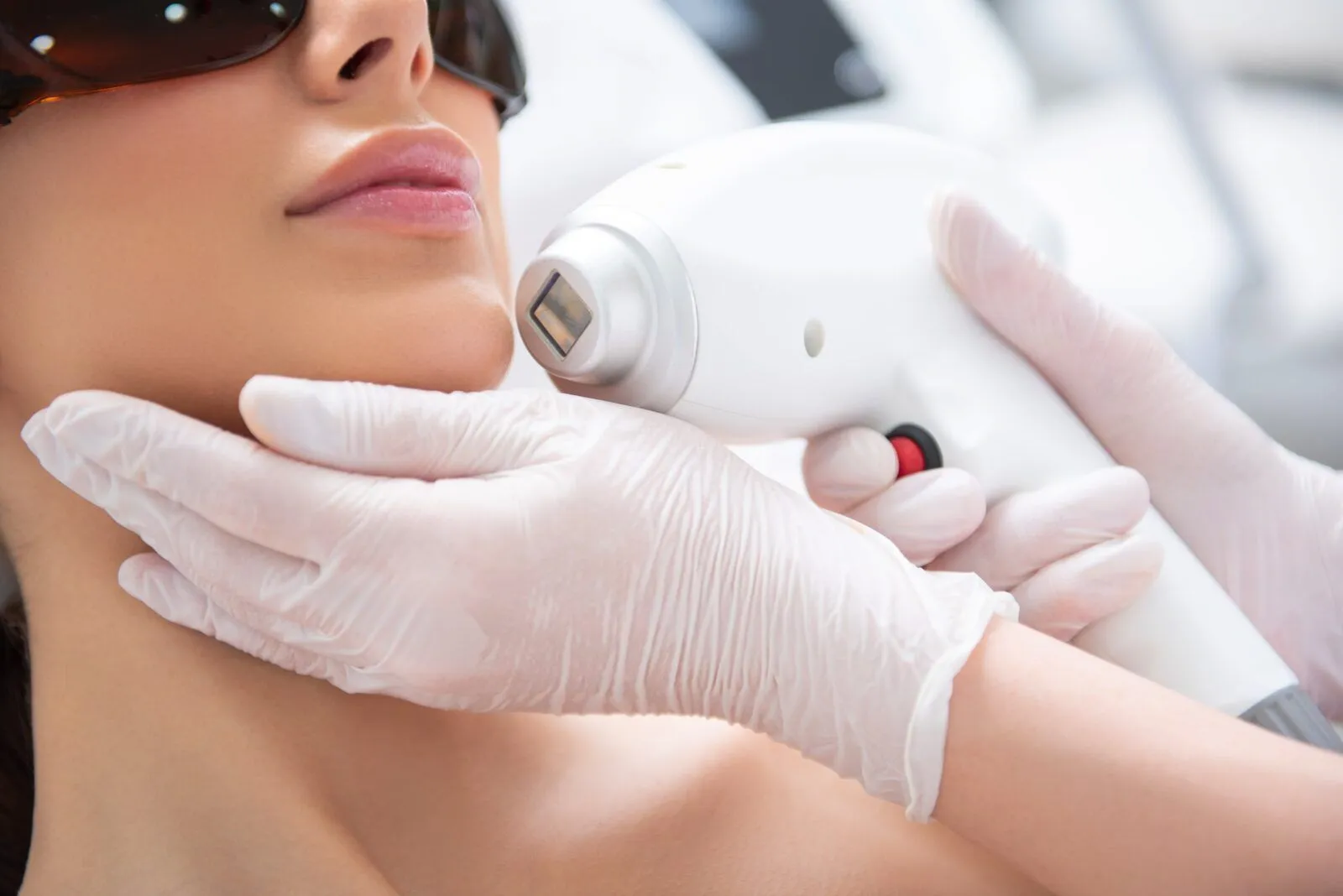
Pico laser technology has become a go-to solution in South Korea for treating stubborn pigmentation, melasma, sun spots, and acne scars. Known for its precision,

Korea is renowned for its precision in cosmetic dermatology, especially when it comes to treating pigmentation with Pico Laser technology. Unlike a one-size-fits-all approach, top

Are you struggling with stubborn pigmentation, acne scars, or sun damage that won’t fade with creams or facials? Or perhaps you’re seeking a non-invasive way
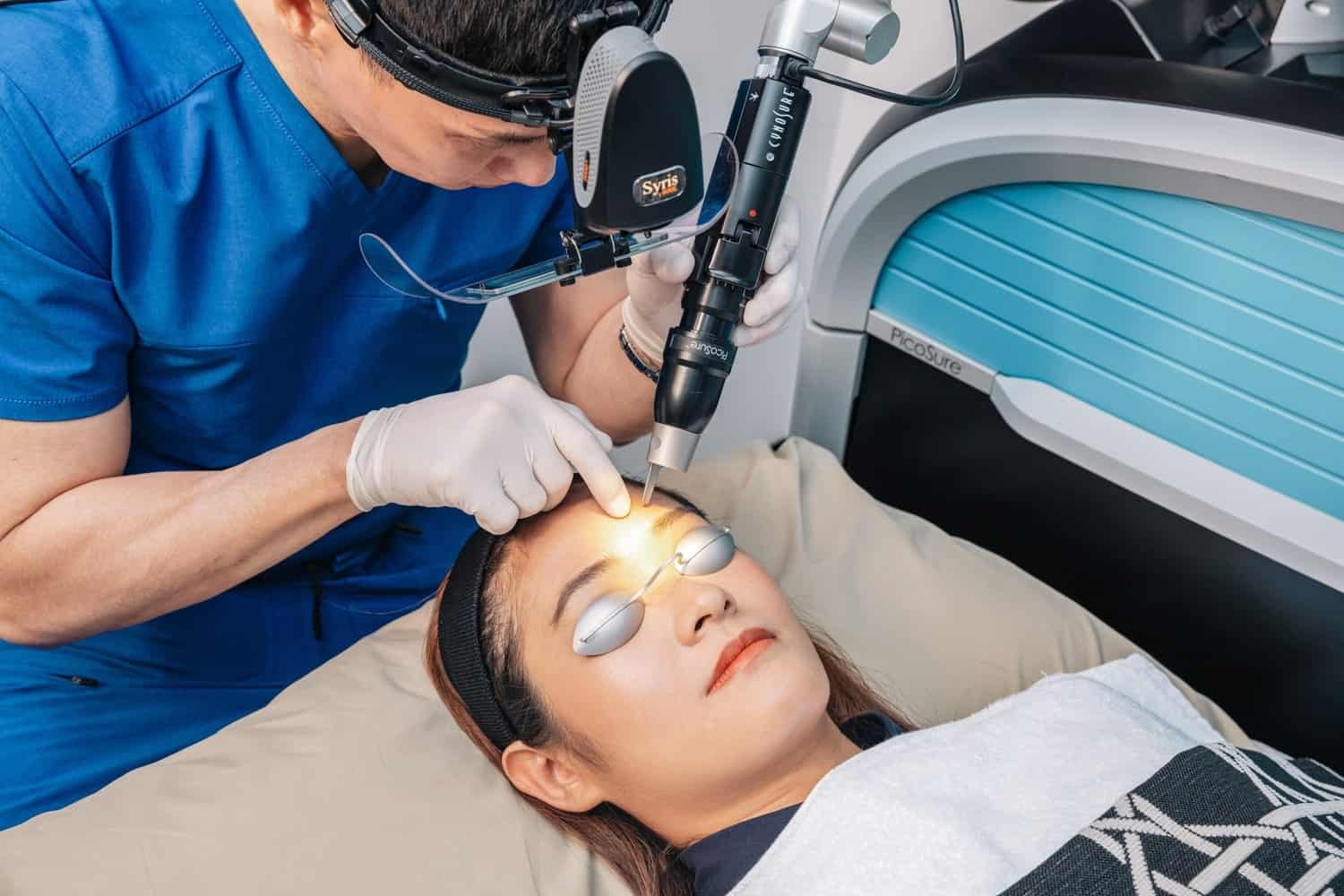
Hyperpigmentation, whether from sun damage, melasma, acne scars, or age spots, is a common skin concern. Two popular treatments are Pico Laser and Chemical Peels,

Korea is widely recognized as the global capital of skincare innovation, cosmetic dermatology, and medical beauty tourism. Among its top offerings, Rejuran Healer has emerged
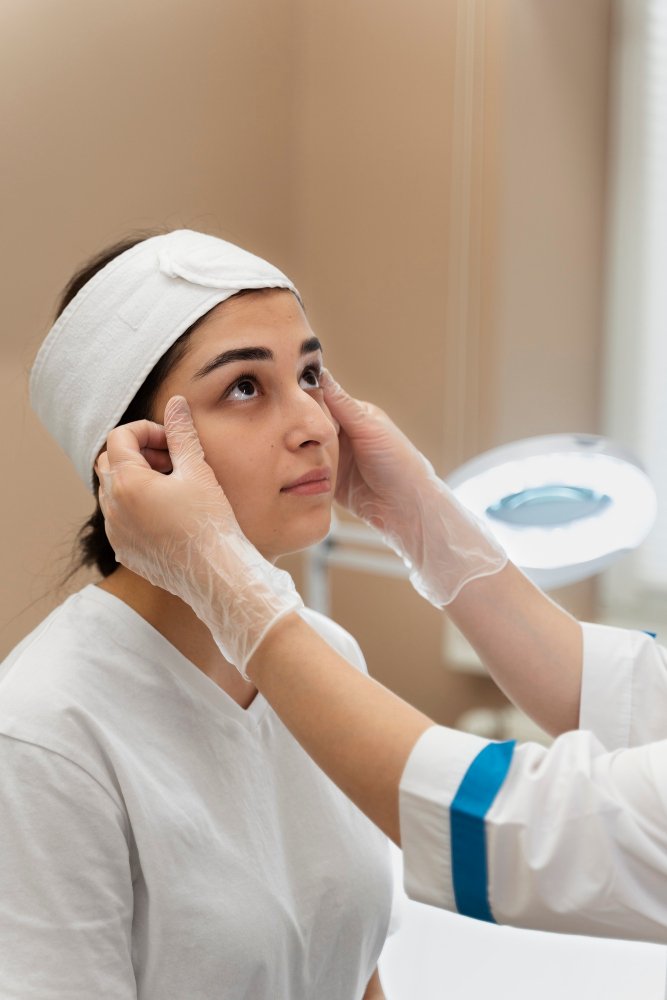
Undergoing laser treatment for acne is a highly effective way to clear breakouts, reduce inflammation, and prevent scarring. However, what you do after the procedure
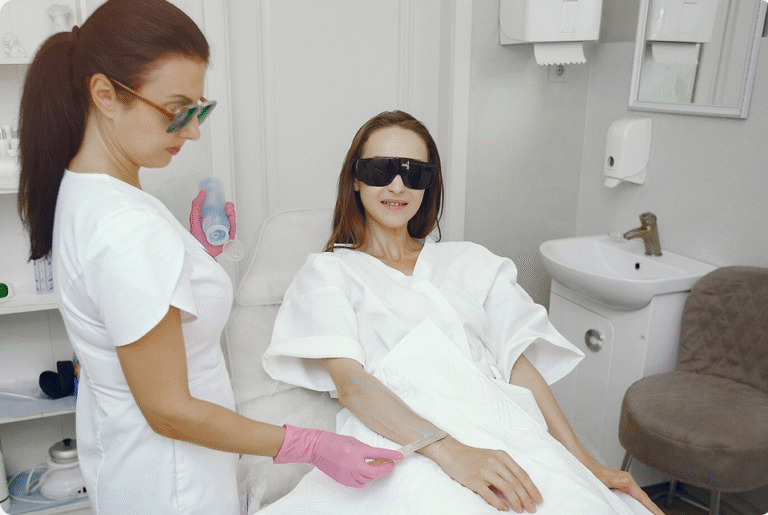
Pico laser treatment is one of the most effective ways to address pigmentation problems such as melasma, sunspots, freckles, and post-inflammatory hyperpigmentation (PIH). While the

Uneven skin tone, dark spots, and pigmentation issues such as melasma or sun damage can affect your confidence and overall appearance. Traditional treatments like chemical

Korea has rapidly become one of the world’s most trusted destinations for advanced dermatological treatments, and Pico Laser for pigmentation is one of the most
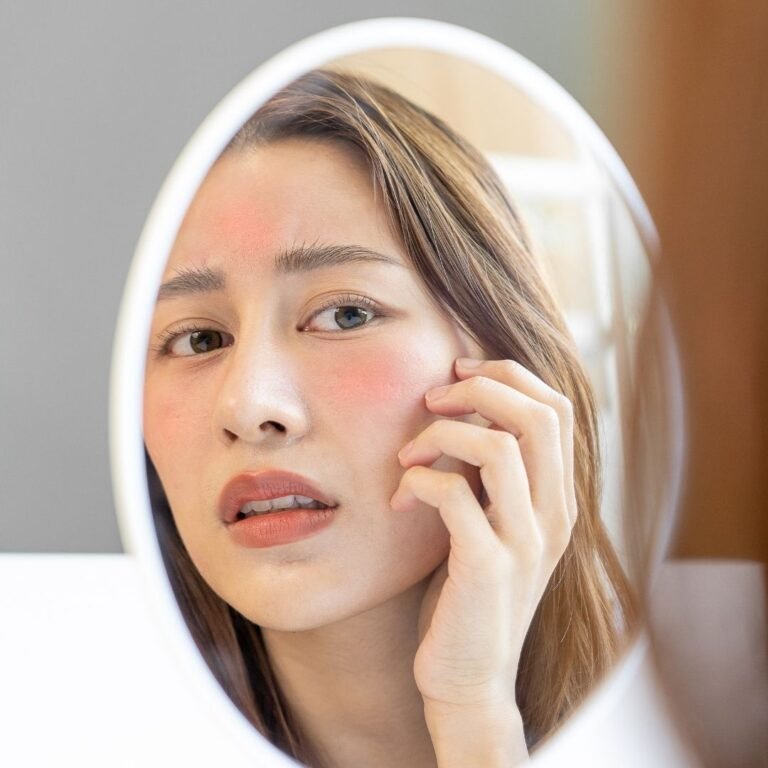
For international patients seeking effective, safe, and affordable skin rejuvenation, Pico Laser pigmentation removal in Korea is a top-tier option. To make the process seamless
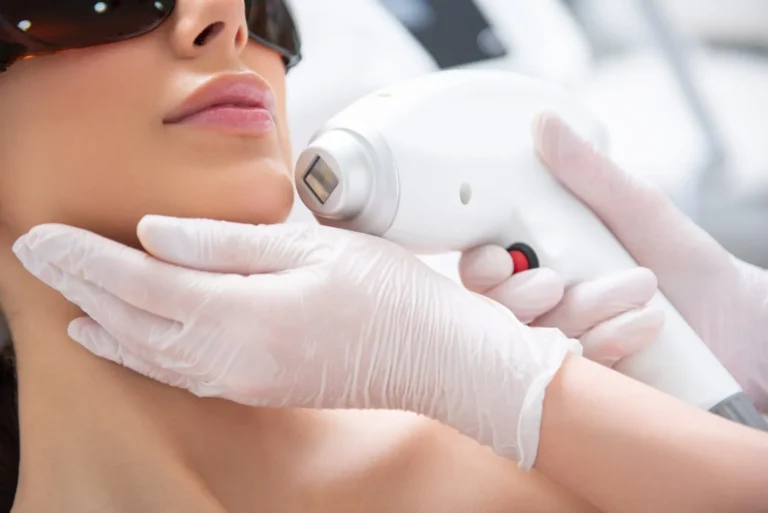
Pico laser technology has become a go-to solution in South Korea for treating stubborn pigmentation, melasma, sun spots, and acne scars. Known for its precision,
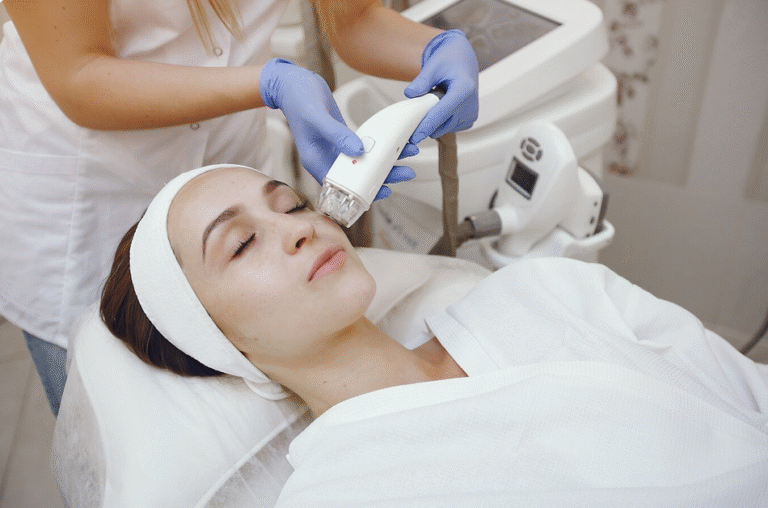
Korea is renowned for its precision in cosmetic dermatology, especially when it comes to treating pigmentation with Pico Laser technology. Unlike a one-size-fits-all approach, top

Are you struggling with stubborn pigmentation, acne scars, or sun damage that won’t fade with creams or facials? Or perhaps you’re seeking a non-invasive way
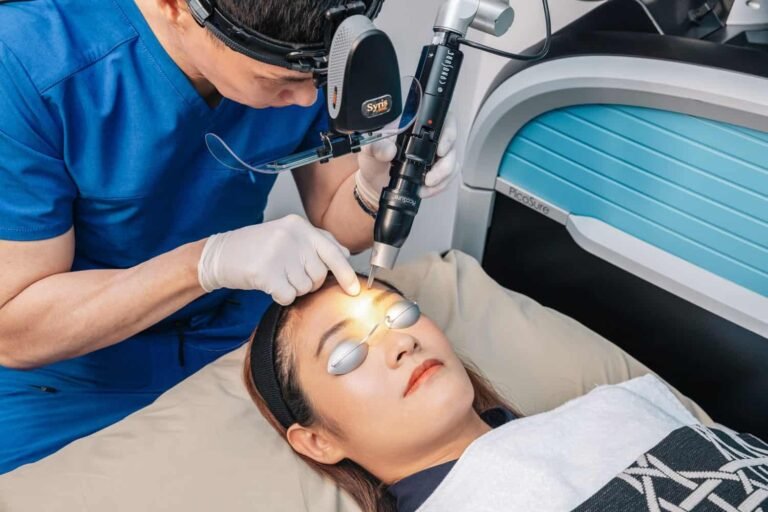
Hyperpigmentation, whether from sun damage, melasma, acne scars, or age spots, is a common skin concern. Two popular treatments are Pico Laser and Chemical Peels,

Korea is widely recognized as the global capital of skincare innovation, cosmetic dermatology, and medical beauty tourism. Among its top offerings, Rejuran Healer has emerged

Undergoing laser treatment for acne is a highly effective way to clear breakouts, reduce inflammation, and prevent scarring. However, what you do after the procedure